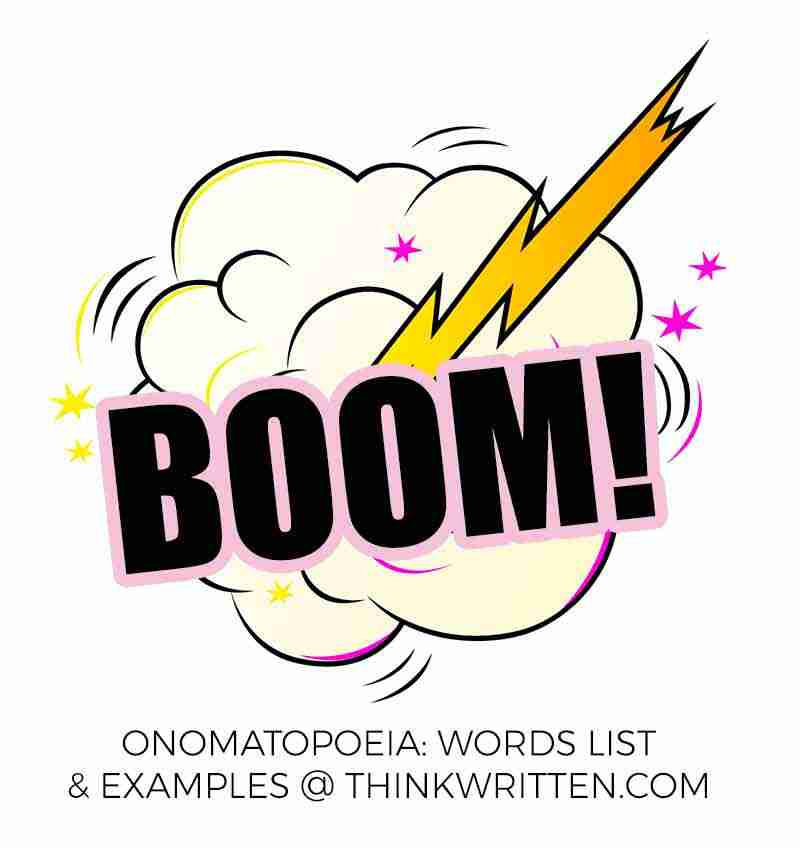Writing vivid setting: Mastering ‘place’
Day 1: The core elements of setting
Understanding the core elements of setting
Setting is the fascinating ‘where’ of stories. The magical forests, bustling cities, towering fortresses, and interstellar voyages. It’s also the ‘when’. You might want to write a regency romance set in the early 19th Century, or a futuristic dystopian epic set in another galaxy. The core elements of setting, then, are:
- Place (geography, i.e. planets, continents, countries, cities, streets, mountains, caves, rivers, etc.)
- Time (past, present and future, i.e. historical eras, seasons, days of the week, times of day)
- Description: The unique elements (colours, sounds, textures, smells, atmospheres) that give settings their individual character
- Mood: The overarching feeling evoked by a setting (for example the doom and gloom of Tolkien’s dark, sulfurous Mordor)
Both place and time include, besides the natural or built environment, society. The social rules and customs in a place and time contribute to how a setting affects characters.
In the most evocative and memorable settings, setting itself is almost a character. Like a person it might be bright and cheery, or glum and melancholic. In the next few days, we’ll explore ways to make your settings have these individual, intriguing qualities.
Continue reading “Writing vivid setting” →








